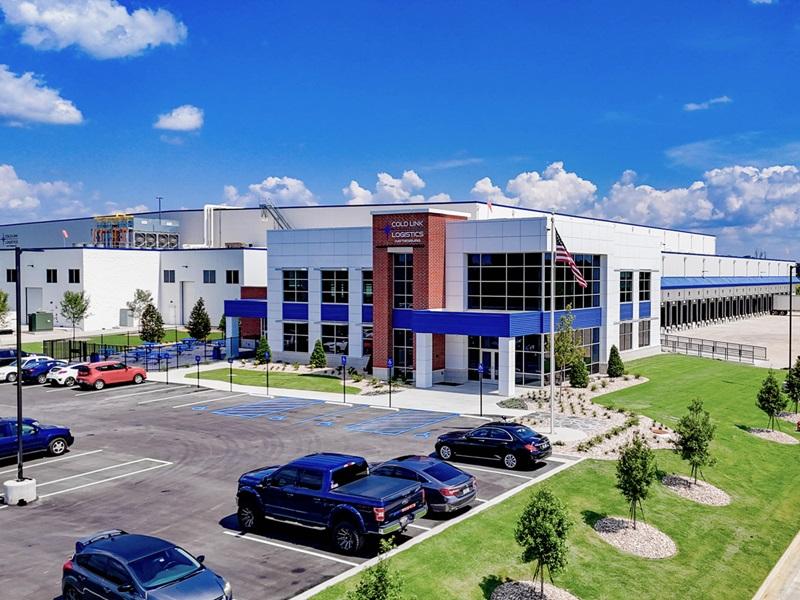Media buzz these days about driverless vehicles gleefully fixates on the failures and the bloodshed as much as it does on the successes and the potential. But, is an emphasis on perceived risks to public safety a red herring?
I wrote earlier in the year about how the limitations of road conditions and seasonal weather, as well as other practical considerations, might mean most autonomous vehicles will be in the form of some kind of robotaxi service within well-defined urban areas. This is much like the Johnny Cab from Total Recall.
Earlier this month, Ottawa held its annual autonomous vehicle summit.
The nation’s capital has emerged as a hub for the technology. Last fall saw Canada’s first test of a driverless car on a public road.
Industry players like Blackberry QNX, Ford Motor Co., NXP Semiconductor and the Wind River division of Intel are all part of this hub.
This technology is here to stay
Another company is Aurrigo from the U.K., which has picked Ottawa as the location for its North American HQ. Aurrigo Canada CEO David Keene told the CBC Ottawa is the perfect environment to winter-test the company’s “Pod Zero” – its version of Johnny Cab.
Judging by the demo model on display at the summit, the company had better redesign the ground clearance and tire size if it expects the little vehicle to contend with snowy roads. This isn’t intended to be a highway vehicle doing 100 km/h, mind you. It’s meant to take four passengers short distances within pedestrian areas, at an average speed of 10 km/h.
Pod Zero will be useful in a shopping centre or airport but not in an open area for sure. How well it can adapt to a real winter remains to be seen.
But, that’s not the point.
What we should be taking from this and other stories about the R&D investments being made by Google, Uber, Tesla and others is that this is not a passing fad. Driverless vehicles are not a pipe dream which will fade away, given the 10s of billions of dollars that have already been invested.
Let’s put risk into perspective
Of course, attendees to that Ottawa summit must have been thinking about Uber’s fatal accident in March. A female pedestrian was killed when an autonomous test vehicle failed to detect her and stop in time.
Back in July 2016, a Tesla test driver was killed after the vehicle crashed while under the control of its autopilot system.
These and other mishaps have raised serious questions. On the other hand, how many people are injured or die on an annual basis because of errors by the evolved primate behind the wheel?
Transport Canada reports 118,404 vehicle accidents across the country causing death or injury in 2015 (most recent data available). That’s about 324 per day. (What’s interesting to note is that the total ticked up from 2014 after years of decline – the growing impact of drivers being distracted by their phones?)
American drivers appear to be far worse than we are – on a per capita basis, deaths and injuries from motor vehicle accidents are magnitudes higher. According to the National Safety Council, in 2016 an estimated 4.6 million people were killed or injured. Fatalities alone added up to 40,000 people, an increase of six per cent from the year before.
Compare that to Canada, where in 2015, the number of fatalities numbered 1,669. So roughly 24 times the fatalities, with about only nine times the population.
While all this sounds terrible, if you look at this chart of U.S. vehicle fatality rates, you can see that all our modern safety features, starting with mandatory seatbelts in most jurisdictions, have made it safer to drive. You had a far higher chance of death or injury in an accident when I was born than you do now.
Let’s not be spooked by a few mishaps
Life and limb has always been at risk while behind the wheel, or while sharing a road as a pedestrian or cyclist. It’s an old joke but it’s true – flying in an airplane is statistically far safer than taking a drive.
No death or serious injury should be dismissed. On the other hand, a handful of dramatic failures by a developing technology shouldn’t be considered cause to pull the plug.
If we as a species always took a “woe is me” approach to new technology, humans might never have set foot outside Africa – it would been deemed too risky to cross a river, let alone sail in a boat, or travel in a horse-drawn cart, train, automobile or airplane.
We must put these things in their proper perspective.
Driverless technology will get better. And having fewer distracted idiots in command of two-tonne missiles on wheels will only make our roads safer.
To discuss this or any valuation topic in the context of your property, please contact me at jclark@regionalgroup.com. I am also interested in your feedback and suggestions for future articles.








